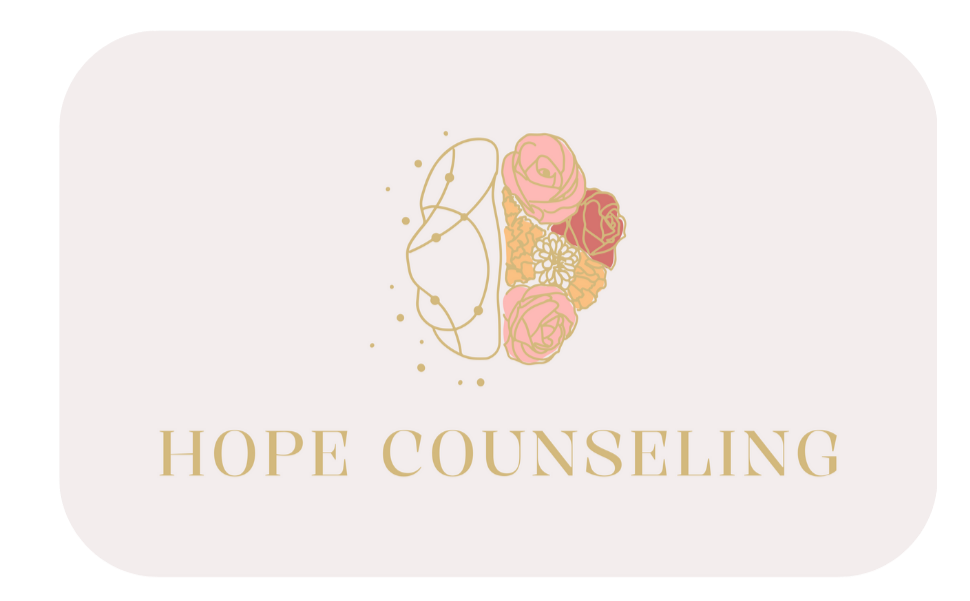Redefining Safety: Why Avoiding Conflict Isn’t Always the Answer
Many people grow up believing that safety means the absence of conflict. This belief often leads to a lifelong pattern of conflict avoidance — steering clear of disagreement, suppressing needs, and striving to keep the peace at all costs. While this may reduce immediate discomfort, it can also create a false sense of safety and distance us from authenticity and connection.
The Illusion of Safety
Avoiding conflict can feel protective, especially for those who experienced situations where disagreement led to chaos, punishment, or emotional harm. The nervous system learns that conflict equals danger, and appeasement becomes a survival strategy.
However, appeasement and safety are not the same thing. When we prioritize harmony over honesty, we may quiet external conflict but create internal disconnection. True safety does not come from the absence of conflict; it comes from the ability to navigate conflict while staying regulated, self-respecting, and grounded.
Redefining What Safety Means
Safety is not the absence of tension; it is the presence of trust in oneself.
Conflict does not automatically mean that a situation is unsafe. In fact, conflict can sometimes lead to greater safety — when it becomes the space where boundaries are set, needs are communicated, and self-respect is reinforced.
Learning to stay connected to oneself during conflict allows for authentic relationships built on mutual respect rather than avoidance. It communicates, both to others and to the nervous system, “I can keep myself safe, even here.”
The Role of Emotional Regulation
Developing the capacity to remain regulated during conflict is central to this process. When the nervous system senses threat, the amygdala can trigger a fight, flight, or freeze response. For many, this automatic reaction is tied to early experiences where conflict truly was dangerous — emotionally, psychologically, or physically.
Through practice, it is possible to retrain the body and mind to recognize that not all conflict is danger. With support and repetition, the nervous system can learn to tolerate discomfort, differentiate between real threat and emotional challenge, and respond with greater flexibility.
Practicing Internal Safety
Cultivating a sense of safety within conflict takes time and intentional practice. Some helpful starting points include:
Regulating the nervous system – Pause, breathe, and notice physical sensations before reacting. Grounding techniques and mindfulness can help signal safety to the body.
Setting and honoring boundaries – Even small acts of self-advocacy build internal trust and reinforce that one’s needs matter.
Developing a relationship with younger parts – Often, the fear of conflict belongs to a younger part of the self that once felt powerless or unsafe. Creating a compassionate dialogue with this part can provide reassurance and healing.
Reflecting rather than reacting – Taking time to process before responding helps maintain connection and clarity, rather than falling into old protective patterns.
Moving Toward Authentic Safety
Safety is not found in avoiding conflict; it is found in trusting oneself to remain safe within it.
When individuals learn to regulate their emotions, honor their boundaries, and attend to the parts of themselves that feel fearful, they begin to experience a more stable and authentic sense of safety — one that does not depend on external calm but arises from internal trust.
Conflict, when approached with regulation and self-awareness, can become a pathway to growth, integrity, and genuine connection.

